Vetch / Spring / Summer / Autumn / Edible
Vetch is a member of the Pea or Fabaceae family, it’s one of the largest families in nature and there are around 240 Vetches worldwide.
The most common in the UK is Common Vetch (Vicia sativa). They can sometimes be hard to tell apart so if you just collect Vetches that have purple flowers that grow along the flower stem you’ll be safe.
Common Names
Vetch, Common Vetch, Poor Man Peas, Bush Vetch, Tare
Botanical Name
Vicia sativa
Scientific Classification
Kingdom – Plantae
Order – Fabales
Family – Fabaceae
Vetch Foraging Video
Physical Characteristics for Vetch
Leaves
If you have ever grown peas or bought pea shoots you’re a step ahead, they look very similar. The leaves are compound and are made up of 4-8 small and thin leaflets. The leaflets are oval shaped but with a central rib that almost makes them look like they are folded. They grow in opposite pairs along the stem, at the end of the stem there is a flexible tendril.
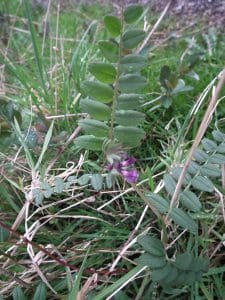
Flowers
The pink to purple, pea-shaped flowers, are around 10-18mm long and appear on their own or in pairs, the upper petal is often a darker purple with paler coloured wings. They look very much like a small Sweet Pea. It has quite a long flowering period, right through spring and summer.
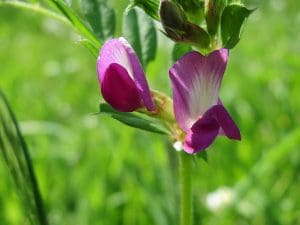
Seeds
The flowers turn in small pods that contains the seeds or peas. They a like a small mangetout pod (up to 6cm long) and are green and hairy when young but soon darken until they are almost black. Inside are up to 12 peas that are green when young but darker with age.
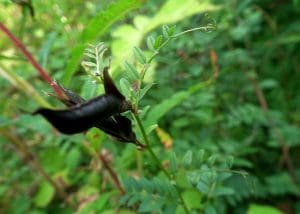
Habitat
It’s a very common plant and is found in hedgerows, woods and waste ground.
Known Hazards
The peas are toxic when raw, they have to be boiled for long periods in changes of water and are not really worth the effort.
Could be Confused with
Other Vetches, some of which are not edible. But as I said if you just collect Vetches that have pink or purple flowers, that grow along the flower stem you’ll be safe.
Edible Uses
The leaves and the flowers can be eaten raw or cooked, they taste just like fresh peas and are a great addition to a salad.
It has a long history of use and carbonised remains have been found in Neolithic sites around the globe. Bitter vetch (Vicia ervilia) was one of the first domesticated crops. It was grown about 9,500 years ago.
Notes on Herbal Uses
Like other Legumes they are very high in protein.
It has been used medicinally to treat eczema and skin irritations.
It also has noted antiseptic properties and can be used externally as a poultice or internally as a tea.
Extra notes from the Foragers
Like many plants Legumes grow in a symbiotic relationship with soil-dwelling bacteria. The bacteria take nitrogen from the air into the soil and feed this nitrogen to the legumes, in exchange the plant provides carbohydrates to the bacteria. This is why legumes are often planted as ‘green manures’ and are said to “fix” nitrogen into the soil.
References:
https://en.wikipedia.org/wiki/Vicia_sativa
http://www.tilthalliance.org/learn/resources-1/almanac/october/octobermngg



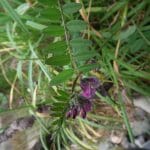
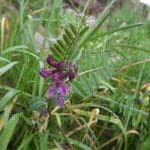
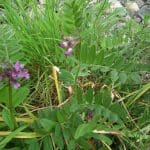
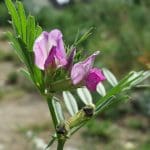
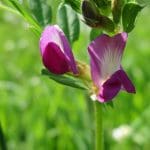
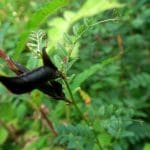



Leave a Reply
You must be logged in to post a comment.